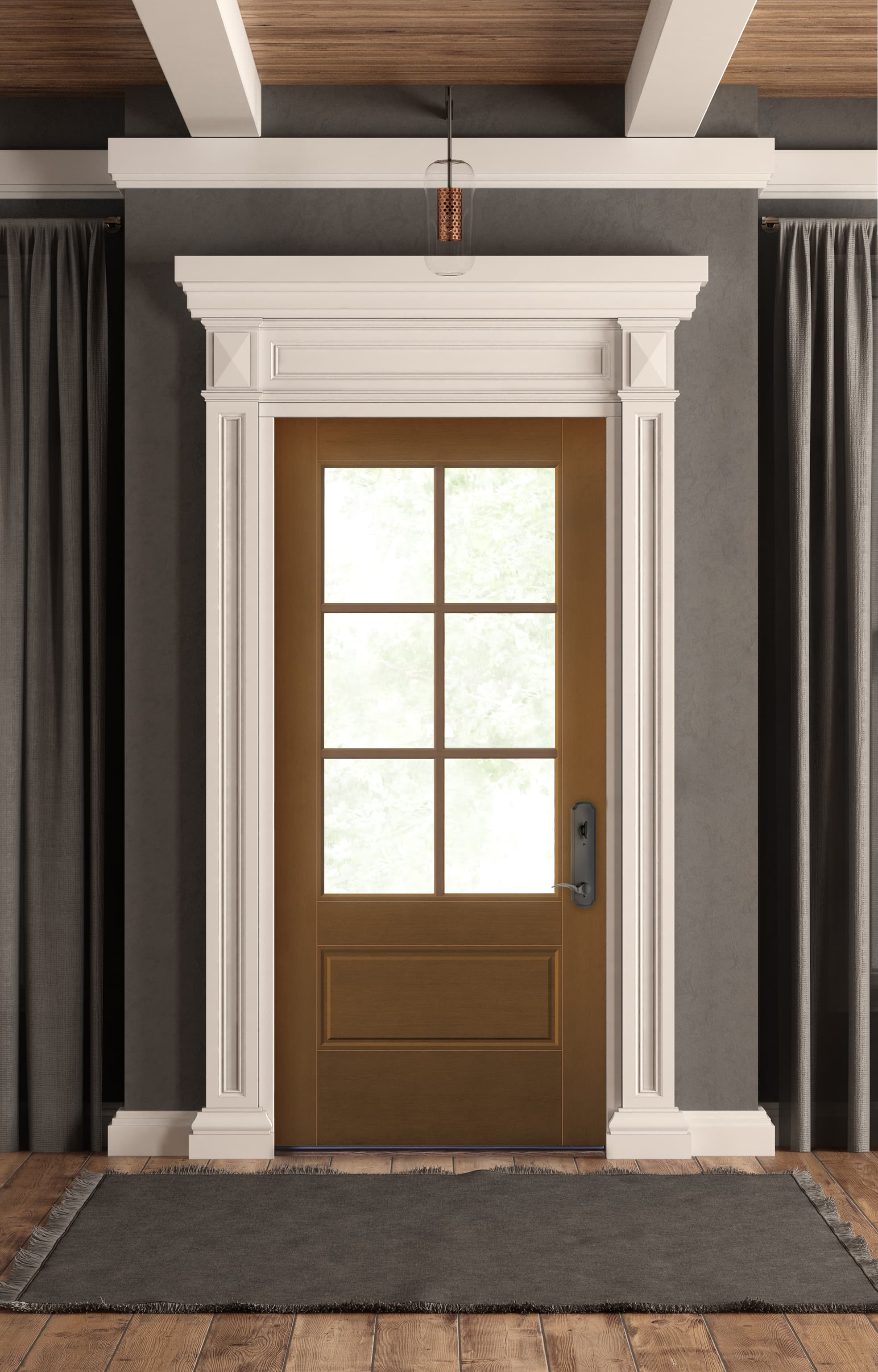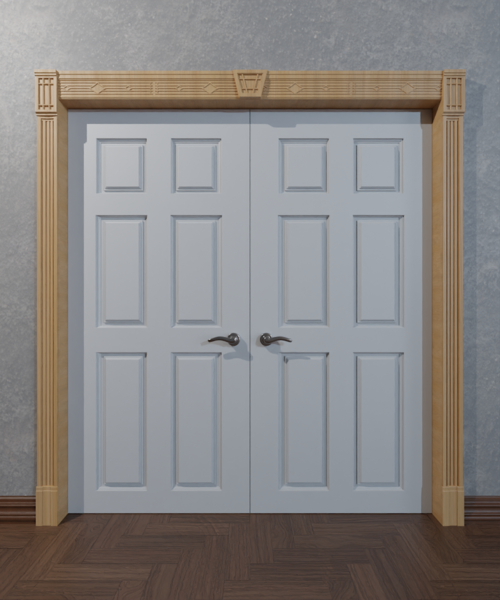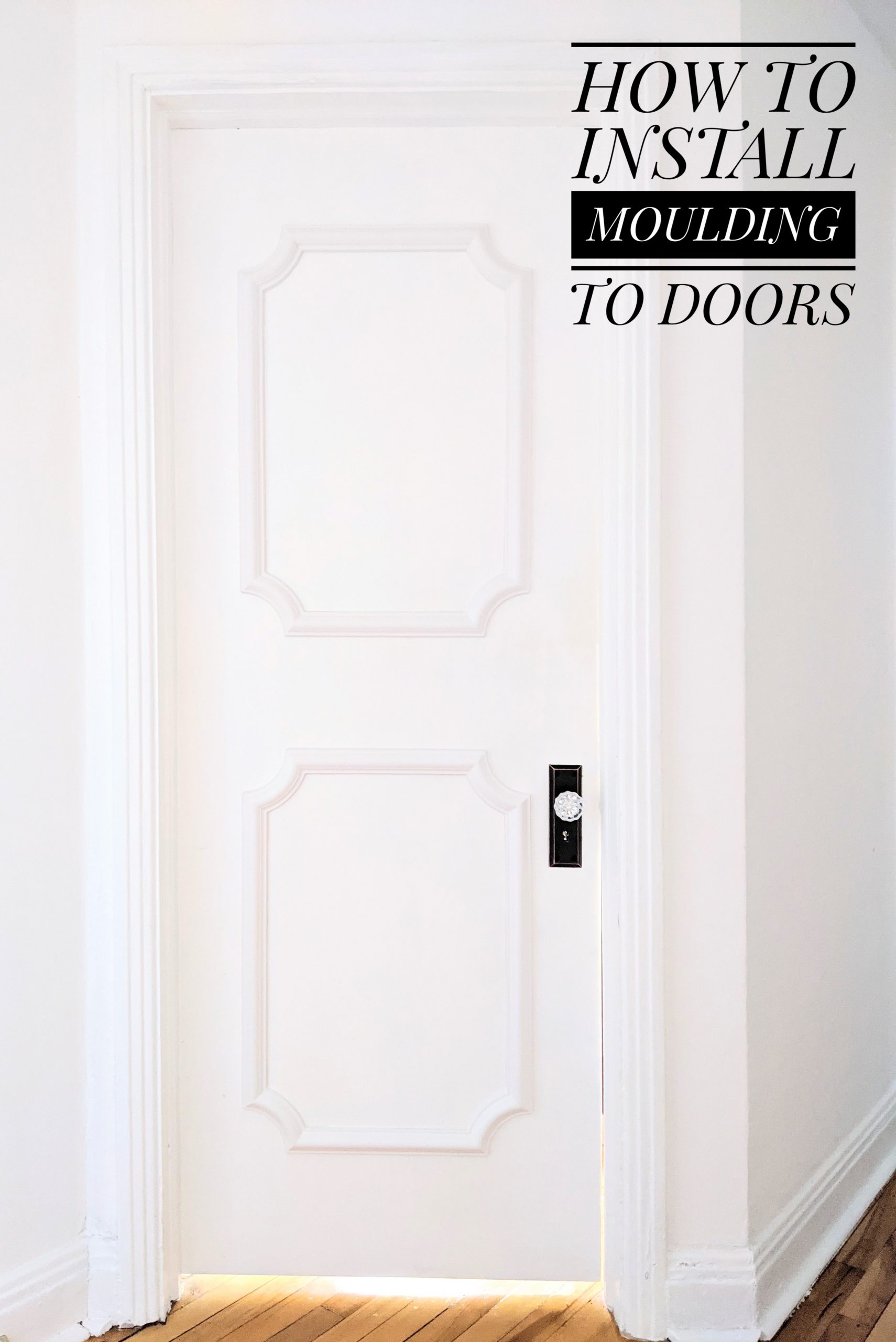What Are Decorative Moldings?
Decorative moldings are architectural features used to enhance the visual appeal of a space. Specifically for doors, these moldings serve both aesthetic and functional purposes, creating seamless transitions between different elements in your home.
Why Choose Decorative Moldings for Your Doors?
When considering home decor upgrades, decorative moldings can offer several advantages. Here are some key reasons:
- Enhance visual aesthetics
- Add character to plain doors
- Increase property value
- Provide a sense of elegance
Types of Decorative Moldings for Doors
There are various types and styles of decorative moldings that can be used around doors. Let’s explore these options:
1. Crown Molding
Crown molding is often found where the walls meet the ceiling. It gives a polished look and can be used to frame doors as well.
2. Casing
Casing is the molding that surrounds a door frame. It can be simple or highly ornate, depending on your style preference.
3. Baseboard Molding
Baseboards run along the bottom of walls. They can extend around doors to create a unified look.
4. Chair Rail
Chair rail moldings are typically installed around the width of a room. They can also be used to enhance door aesthetics.

5. Decorative Trim
Decorative trim includes various profiles and styles, adding intricate details around your doors.
Comparison Table: Types of Decorative Moldings
| Type | Uses | Style | Cost |
|---|---|---|---|
| Crown Molding | Ceiling and door framing | Elegant and traditional | $$$ |
| Casing | Door/frame surround | Simple to elaborate | $ |
| Baseboard Molding | Bottom wall protection | Varied styles | $$ |
| Chair Rail | Wall enhancement | Classic | $$ |
| Decorative Trim | Ornamental features | Whimsical to classic | $$$ |

Materials Used in Decorative Moldings
The choice of material significantly affects both the look and durability of your moldings. Here’s a breakdown of common materials:
1. Wood
Wood moldings offer a natural and classic look. They can be stained or painted to match your decor.
2. MDF (Medium Density Fiberboard)
MDF is cost-effective and comes in various styles. It’s easy to paint but not as durable as solid wood.

3. PVC (Polyvinyl Chloride)
PVC moldings are waterproof and perfect for humid areas. They require minimal maintenance.
4. Polyurethane
This material mimics wood while being lightweight and resistant to warping or cracking.

Pros and Cons of Different Materials
| Material | Pros | Cons |
|---|---|---|
| Wood | Classic look, sturdy | Can warp, more expensive |
| MDF | Cost-effective, easy to paint | Not moisture-resistant, less durable |
| PVC | Waterproof, low maintenance | Limited aesthetic options |
| Polyurethane | Durable, no warping | Can be costlier than MDF |
How to Choose the Right Decorative Moldings for Your Doors
Choosing the perfect decorative moldings can be a bit overwhelming, but here are some tips based on my experience:
1. Consider Your Home’s Architectural Style
Choose moldings that complement the architectural style of your home. For example, a Victorian home would benefit from intricate moldings, while a modern home may look best with simple lines.

2. Think About Color and Finish
Ensure that the color and finish of the moldings match or complement your existing decor. White moldings are versatile, but adding a splash of color can make a statement.
3. Measure Your Space
Accurate measurements are crucial. Take into account the door height, width, and any architectural features nearby.

4. Set Your Budget
Determine how much you’re willing to spend on moldings. Remember, quality materials may run higher in price but can last longer.
Installation Tips for Decorative Moldings
Installing decorative moldings may seem daunting, but with the right tips, even a beginner can achieve great results:
1. Tools You’ll Need
Gather the following tools before starting your project:
- Miter saw
- Nail gun or hammer
- Measuring tape
- Level
- Caulk and caulking gun
- Paint or stain (optional)
2. Preparation
Clean the area around the door frame, and ensure all surfaces are smooth. If you’re painting or staining, do that before installation for a cleaner finish.
3. Measure and Cut
Measure each section carefully, allowing room for angles at the corners. Use a miter saw to cut your pieces accurately.
4. Attaching the Moldings
Start with the top piece, level it, and attach it using a nail gun or hammer. Follow with the side pieces, ensuring tight joints. Caulk any gaps for a seamless look.
Maintenance of Decorative Moldings
After installation, proper maintenance is key to keeping your moldings looking great:
1. Regular Cleaning
Dust and clean your moldings regularly with a soft cloth and mild detergent to prevent build-up.
2. Paint Touch-Ups
Keep some leftover paint or stain for touch-ups whenever necessary, especially in high-traffic areas.
3. Inspect for Damage
Periodically check for any signs of damage or wear and tear, especially if you’ve used wood. Repair or replace damaged sections promptly.
FAQs About Decorative Moldings for Doors
1. What is the most popular type of molding used around doors?
Casing is the most common type of molding used around doors, providing a finished look and framing the entryway.
2. Can I install decorative moldings myself?
Yes, many homeowners choose to install moldings themselves. With the right tools and instructions, it can be a fulfilling DIY project.
3. How do I maintain my decorative moldings?
Regular dusting, occasional painting or staining, and inspecting for damage will help keep your moldings in good condition.
4. Are there any eco-friendly options for decorative moldings?
Yes! Some manufacturers offer moldings made from sustainable materials or reclaimed wood.
5. What styles of decorative moldings are currently trending?
Modern, clean lines and minimalist designs are gaining popularity, while classic styles like ornate crown moldings remain timeless.